By Christian George
This week, Pope Francis arrived the Democratic Republic of Congo and South Sudan to give hope to the nations displaced by violence and armed terrorist militias.
With a message of unity and reconciliation for two countries crushed by violence and suffering, the papal visit would see to the integration of people due to war.
The pope is to land in DR Congo followed by South Sudan. Although the trip was earlier sheduled for last year but was postponed due to pope’s ill health.
Pope Francis will be the second Pontiff to visit the Democratic Republic of Congo, after St. John Paul II, who visited the country in 1980 and 1985, when it was known as Zaire.
The violence in DR Congo has contributed to the displacement of not less that 5.6 million people, according to UN refugee agency report.
However, the Catholic community is working on the welfare of the displaced people, said Fr. Godefroid Mombula Alekiabo, a missionary priest based in the capital Kinshasa.
So far, the church has seen to the have educated more than 60% of the country’s primary school pupils and more than 40% of those in secondary school. The Church owns and manages an extensive network of hospitals, schools, and clinics, as well as numerous other projects,” said the priest.
Fr. Godefroid Mombula Alekiabo explained that the Church-State relations were strong during the colonial period. However, the events that followed independence forced the Church to become “the most critical institutional voice”, etwnvatican.com reported.
He said that Christmas was then suspended, schools were nationalized, and images of the Pope and crucifixes were taken down and replaced with portraits of dictator Mobutu Sese Seko, who ruled the country from November 1965 through May 1997, stressing that the lack of management capacity and small resources of the State made the absorption of the educational system a disaster. This led the government to ask religious institutions to take over the denominational schools again and religion classes were once again part of the curriculum.


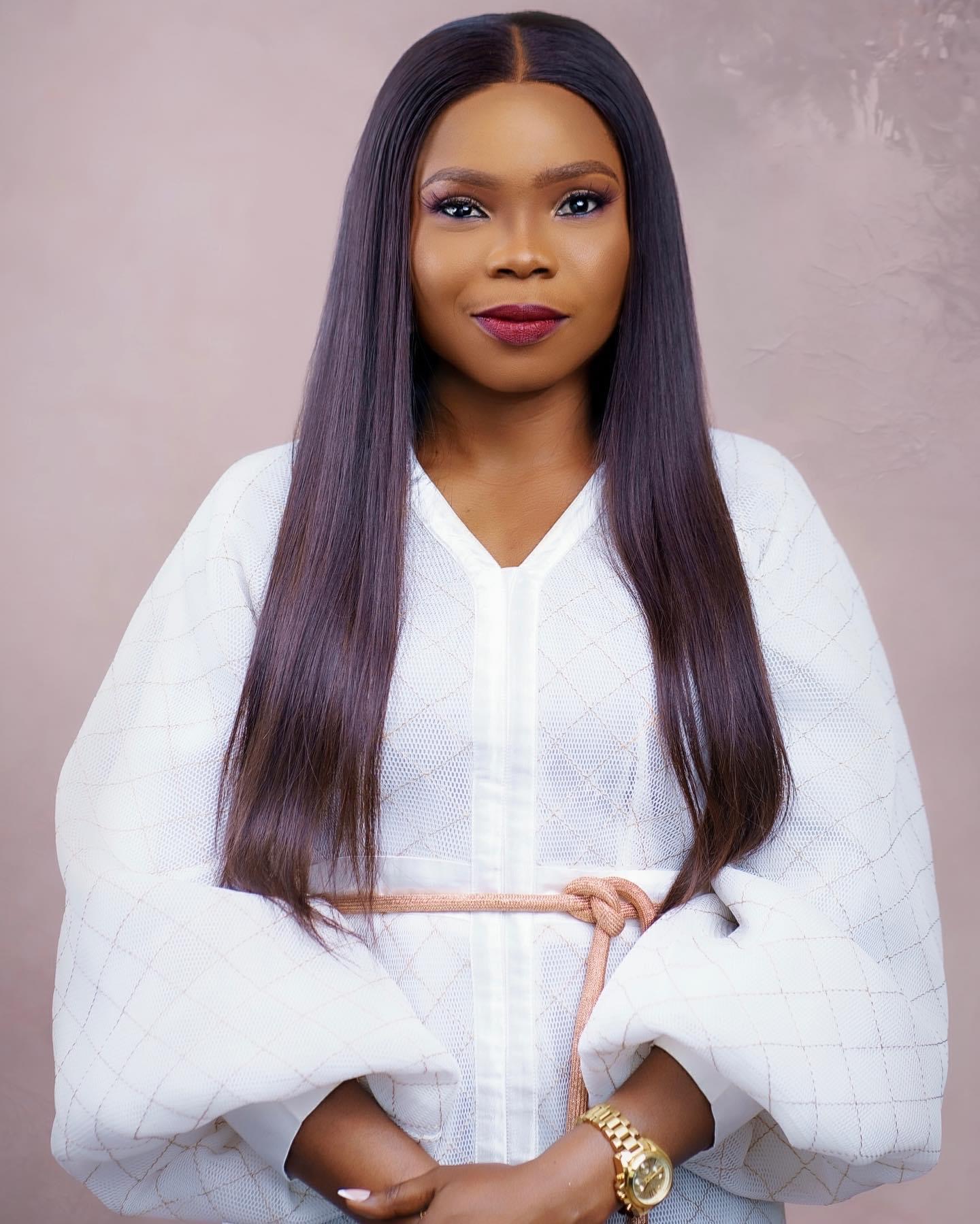
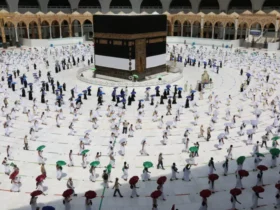
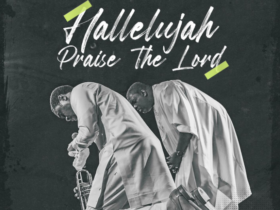
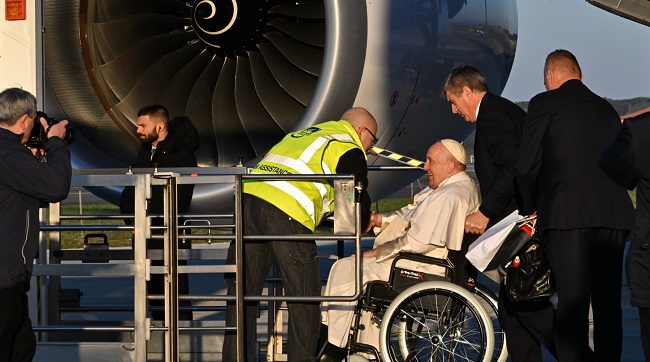

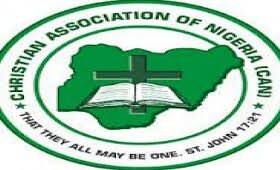
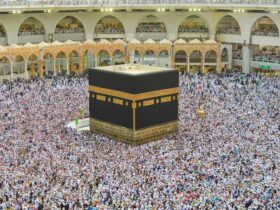
Leave a Reply